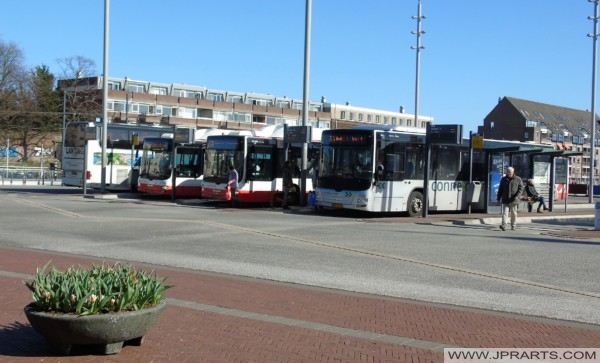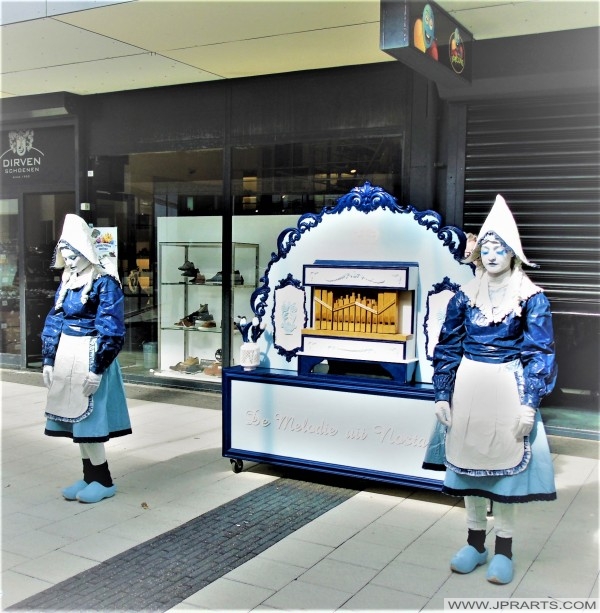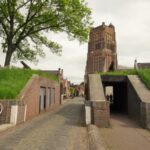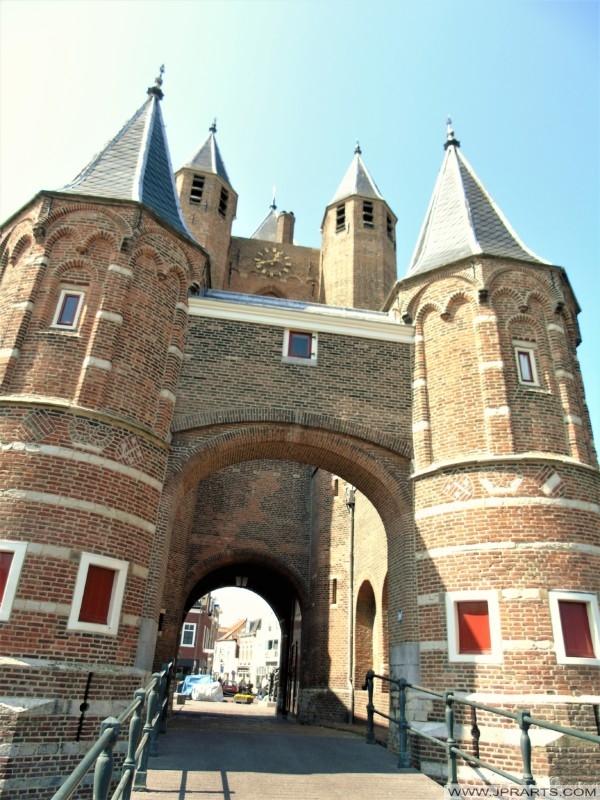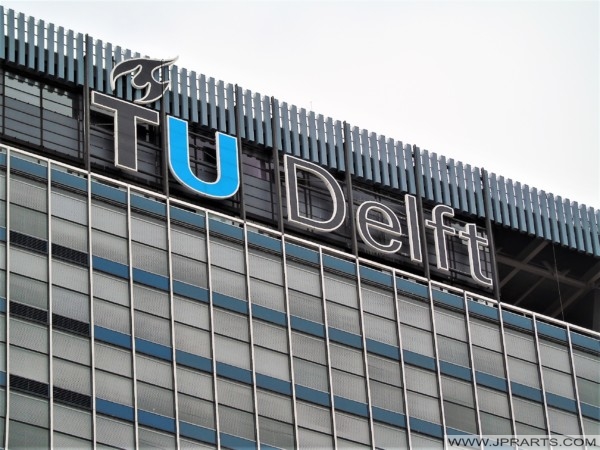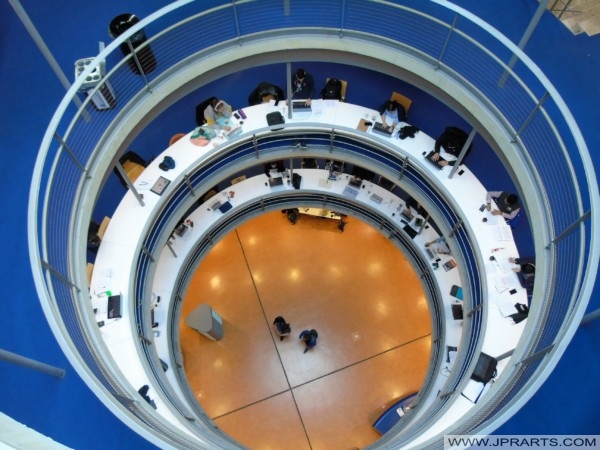The Oostpoort (Eastern Gate) in Delft, the Netherlands was established in the 1400s as part of the eastern wall which is connected to the eastern bridge. The main purpose of Oostpoort was to guard the eastern part of the city against invaders. In 1510 a reconstruction of the towers were made. In 1962 to 1964 the Eastern-Gate underwent a major restoration and it transformed into a double apartment house but after a while both houses were put together for greater space in the living room. This is the only city gate remaining in Delft. The others were demolished in the 19th century.
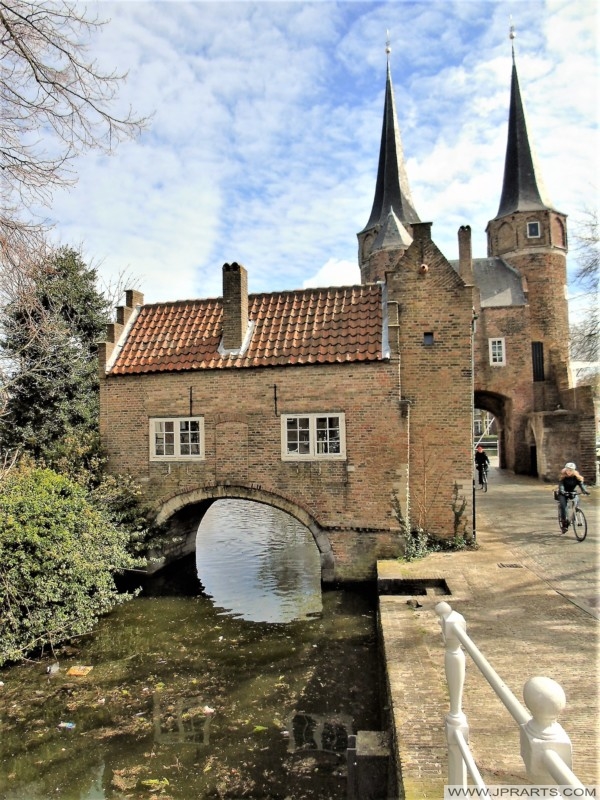
Order Digital Image 13.140 on A4 scale
Eastern Gate in Delft, The Netherlands
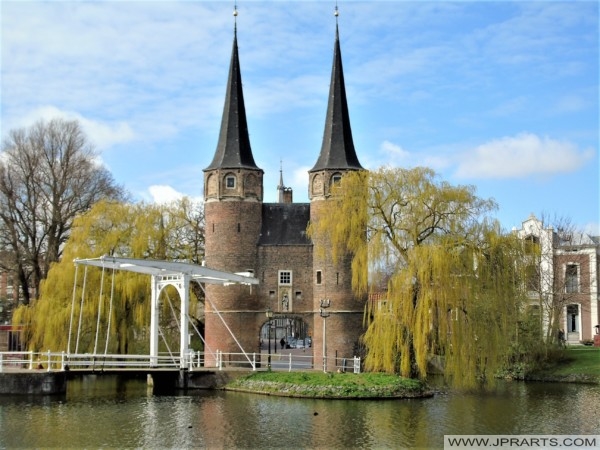
Order Digital Image 13.141 on A4 scale
Östliches Tor in Delft, Niederlande
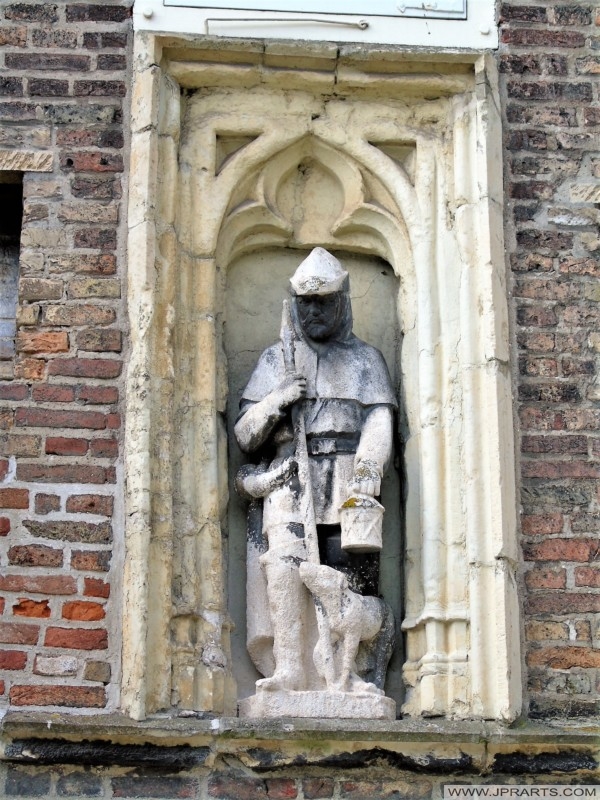
Order Digital Image 13.142 on A4 scale
Puerta Oriental en Delft, Países Bajos
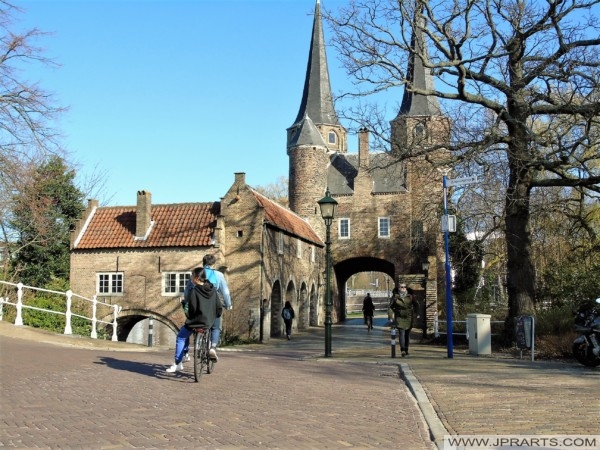
Order Digital Image 13.143 on A4 scale
In the old times it became an object of inspiration among famous Dutch painters. Since the 19th century, where most of the gate towers were torn from Delft, the Oostpoort was the only Gated Tower that survived through the test of time. Until in 1988 it became open to public as a tourist spot.
荷兰代尔夫特的东大门
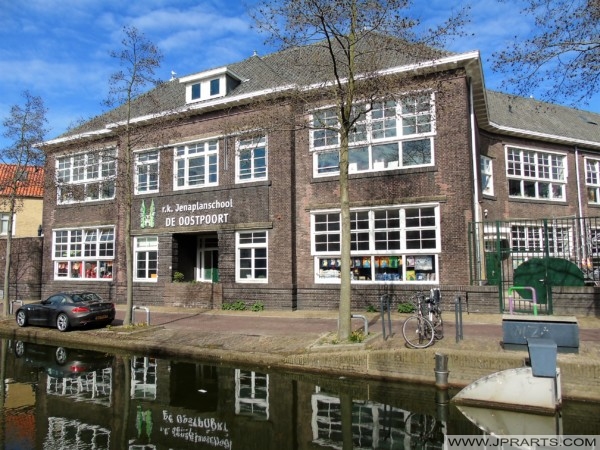
Order Digital Image 13.144 on A4 scale
البوابة الشرقية في دلفت ، هولندا

Order Digital Image 13.145 on A4 scale
Oostpoort in Delft, Nederland
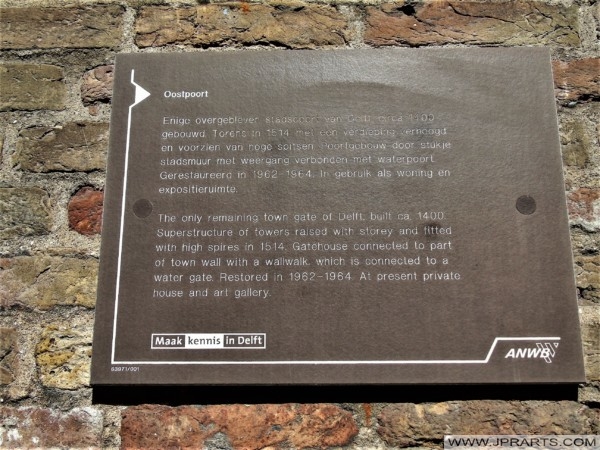
Order Digital Image 13.146 on A4 scale
From a rural village in the early Middle Ages, Delft developed into a city, that in the 13th century (1246) received its charter. The town’s association with the House of Orange started when William of Orange (Willem van Oranje), nicknamed William the Silent (Willem de Zwijger), took up residence in 1572. At the time he was the leader of growing national Dutch resistance against Spanish occupation, known as the Eighty Years’ War. By then Delft was one of the leading cities of Holland and it was equipped with the necessary city walls to serve as a headquarters. An attack by Spanish forces in October of that year was repelled.
Восточные ворота в Делфте, Нидерланды
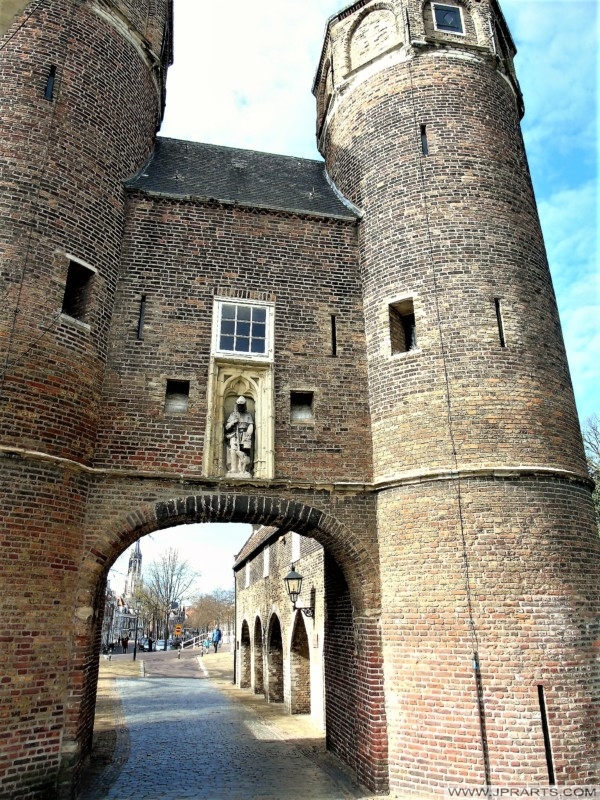
Order Digital Image 13.147 on A4 scale
Porte Orientale à Delft, Pays-Bas
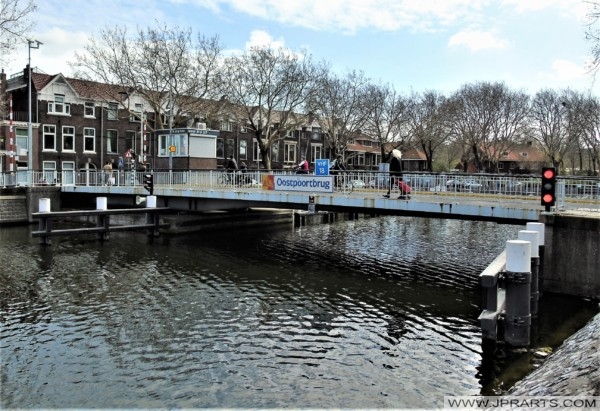
Order Digital Image 13.148 on A4 scale
The Delft Explosion, also known in history as the Delft Thunderclap, occurred on 12 October 1654 when a gunpowder store exploded, destroying much of the city. Over a hundred people were killed and thousands were wounded. About 30 tonnes (29.5 long tons; 33.1 short tons) of gunpowder were stored in barrels in a magazine in a former Clarissen convent in the Doelenkwartier district. Cornelis Soetens, the keeper of the magazine, opened the store to check a sample of the powder and a huge explosion followed. Luckily, many citizens were away, visiting a market in Schiedam or a fair in The Hague.
पूर्वी गेट डेल्फ़्ट में, नीदरलैंड
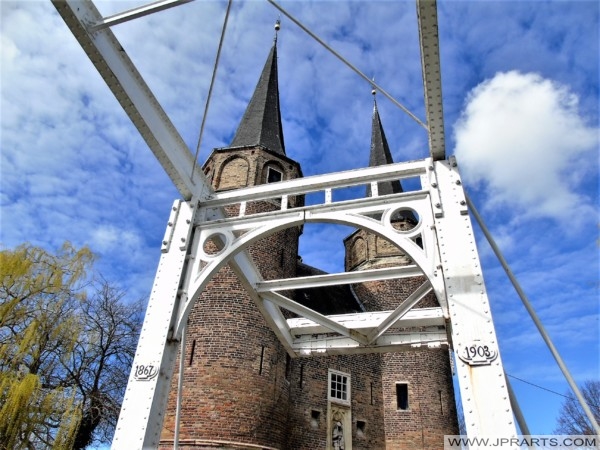
Order Digital Image 13.149 on A4 scale
Gerbang Timur di Delft, Belanda
Visit Netherlands Travel to Book Flights and Hotels Cheap Online


